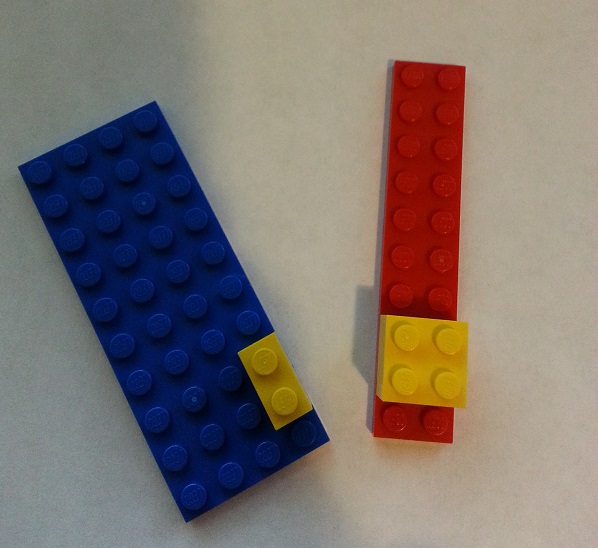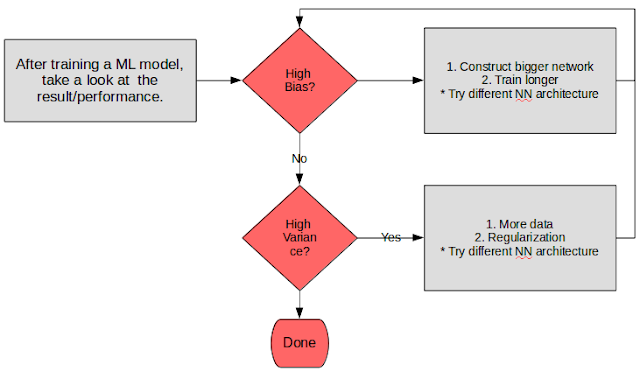Understanding Bayes Theorem
So this month I'm taking some statistical inference class from Coursera.
Quite excited to be honest - since the past couple of courses have been relatively boring since there's not much practical value to it that I can directly apply at work (well OK...doing documentation IS good if you REALLY REALLY want to follow the scientific approach of doing analytics).
Having said that, Brian's class is a bit of a bore (or probably I'm too slow at catching his pace) - so I was looking for alternative ways to understand the Bayes theorem.
After going through the forum, one of my classmates suggested that we could try this particular blog called Count Bayesie.
Have to say that he's right.
In the above picture for example, we know that the probability of yellow going on top of red (let's simplify this to P(Yellow|Red) ) is 2/10 = 1/5.
Now let's flip this around and ask ourselves what is P(Red|Yellow) ?
The picture provides us the immediate means to answer this since we know that since there 4 squares of yellow is on red compared to 2 squares of yellow on blue - the answer would be 2/3.
But you got to the answer via spatial analysis and not by calculating it.
I won't attempt to through all the gory details here though - check out more after the jump.
Quite excited to be honest - since the past couple of courses have been relatively boring since there's not much practical value to it that I can directly apply at work (well OK...doing documentation IS good if you REALLY REALLY want to follow the scientific approach of doing analytics).
Having said that, Brian's class is a bit of a bore (or probably I'm too slow at catching his pace) - so I was looking for alternative ways to understand the Bayes theorem.
After going through the forum, one of my classmates suggested that we could try this particular blog called Count Bayesie.
Have to say that he's right.
 |
| Learning Bayes using Lego (by Count Bayesie) |
In the above picture for example, we know that the probability of yellow going on top of red (let's simplify this to P(Yellow|Red) ) is 2/10 = 1/5.
Now let's flip this around and ask ourselves what is P(Red|Yellow) ?
The picture provides us the immediate means to answer this since we know that since there 4 squares of yellow is on red compared to 2 squares of yellow on blue - the answer would be 2/3.
But you got to the answer via spatial analysis and not by calculating it.
I won't attempt to through all the gory details here though - check out more after the jump.

Comments